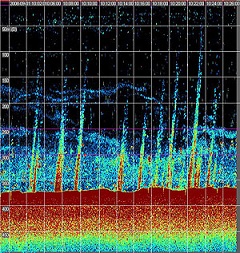There were three scams in the Government’s release of the latest quarterly update of the National Greenhouse Gas Inventory for March 2018.
The first, as reported by the ABC, FOI documents obtained by the Australian Conservation Foundation show that the Government sat on the report for seven weeks, then released it on 28 September, just before national football finals in the AFL and NRL, and amidst media preoccupation with the royal commission into banks.
That means the report was available to government from 10 August, fully two weeks before Malcolm Turnbull was turfed out on 24 August. Hence while political decisions were being made about the National Energy Guarantee, important information was being withheld.
Secondly, now the data is out, this is what the government wants us to concentrate on:
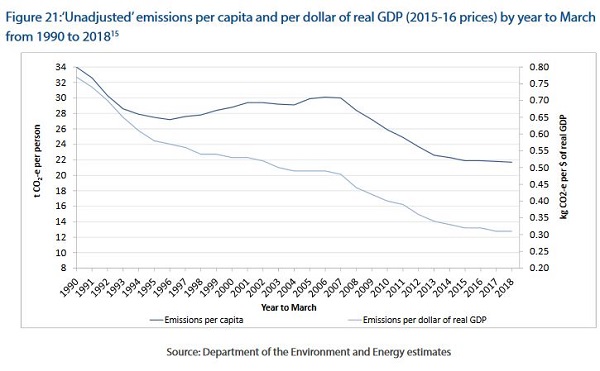 Continue reading National emissions inventory scam(s) →
Continue reading National emissions inventory scam(s) →



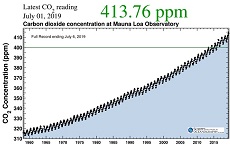
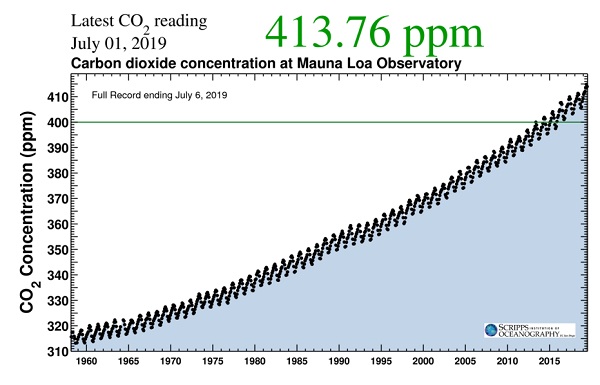

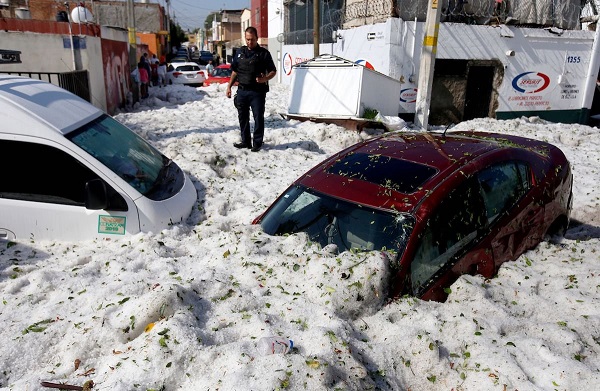
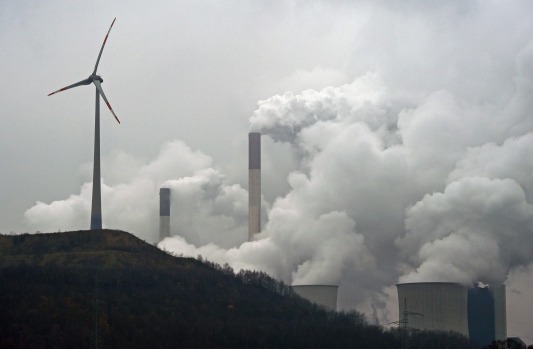

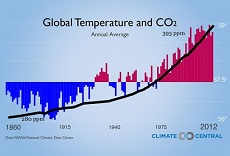 Quiggin says,
Quiggin says, 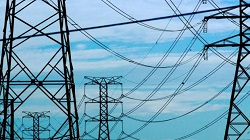
 The Climate Council issued a report on the future of gas-fired electricity just after Easter –
The Climate Council issued a report on the future of gas-fired electricity just after Easter – 
